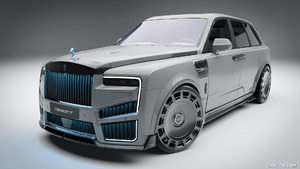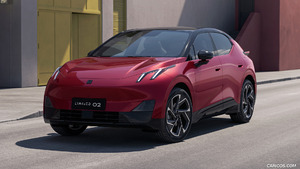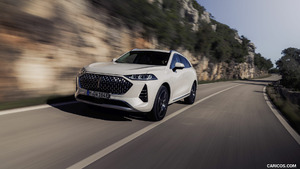McLaren P1 Concept
McLaren Automotive will use its first ever international motor show appearance to preview its next generation ultimate supercar – the McLaren P1 – which takes much of its technological and spiritual inspiration from the company’s Racing division. The McLaren P1 has one simple goal: to be the best driver’s car in the world on road and track.
At the Paris Motor Show, Mondial de l'Automobile 2012, the McLaren P1 is previewed as a design study. Next year a production version, which the company aims to put on sale within 12 months, will be revealed.
‘The McLaren P1 will be the result of 50 years of racing and road car heritage,’ says McLaren Automotive Executive Chairman Ron Dennis. ‘Twenty years ago we raised the supercar performance bar with the McLaren F1 and our goal with the McLaren P1 is to redefine it once again.’
‘Our aim is not necessarily to be the fastest in absolute top speed but to be the quickest and most rewarding series production road car on a circuit’, says McLaren Automotive Managing Director Antony Sheriff. ‘It is the true test of a supercar’s all round ability and a much more important technical statement. Our goal is to make the McLaren P1 the most exciting, most capable, most technologically advanced and most dynamically accomplished supercar ever made.’
The McLaren P1 leverages five decades of McLaren’s motorsport skills. It was designed from the outset to prioritise aerodynamic performance and spent many hours in a wind tunnel and using CFD (computational fluid dynamics) aerodynamic modelling – just like a Formula One car.
The new McLaren P1 has much higher levels of downforce than any current road car – 600kg is achieved well below maximum speed. That is approximately five times as much downforce as a McLaren 12C. Its margin over most other high performance supercars is even greater. The McLaren P1’s downforce is similar to current sports racing cars, including the 12C GT3 racer.
Despite the huge performance, the McLaren P1 is also a refined and comfortable high speed supercar. ‘It is designed to be driven to the racing circuit, with great levels of comfort and refinement,’ says Sheriff. ‘And then to be used on the racing circuit, where it will offer an experience matched only by purpose-built race cars.’
The McLaren P1 showcases McLaren Automotive’s advanced motorsport-based engineering, prioritising high performance through state-of-the-art technology. It will feature notable advances in weight reduction, packaging, high-speed performance, materials (especially carbon fibre), powertrain and in aerodynamics.
Racing car track performance, from a road car
‘Of course, the McLaren P1 will have an immensely powerful engine, superb brakes and state of the art suspension controls,’ says Programme Director Paul Mackenzie. Power to weight ratio will be more than 600PS per tonne. ‘But a major reason for its extraordinary performance is its high level of downforce and its all round aerodynamic excellence. They do not just improve stability, handling, roadholding and braking at high speed. They also improve agility and driver confidence at much lower speeds. Our goal was to get great levels of downforce at lower speeds, and we have achieved that. It is a major boost to driving enjoyment, and to a driver’s feeling of being in total control.
‘Like all McLarens, the car is built around the driver. Our aim is to deliver the very best driver’s car on the road, one focused on the elite enthusiast driver, but you certainly don’t have to be a racing driver or a professional to enjoy it. Like all McLarens, the McLaren P1 is also technologically at the absolute cutting edge.’
This goal – racing car-like track performance from a road car – was one of the primary targets for McLaren P1. ‘It reflects the fact that many buyers of today’s fastest supercars do use them increasingly on the race track, at special owner events,’ says Mackenzie. ‘We wanted a car that would feel like a proper racing car. And then could be driven home in great comfort and refinement. In other words, a real McLaren but with an even broader breadth of ability.’
The astonishing track performance also makes for a better road car. ‘It improves cornering composure at any speed,’ says Mackenzie. ‘It also means no nasty surprises.’
Frontal area is substantially less than the (already small) 12C, and smaller than any series production super-sports car. Cd is 0.34 – very low considering the enormous levels of downforce.
Aerodynamic led design
The McLaren P1 prioritises function over pure style, notes Chief Design Engineer Dan Parry-Williams. That is very much part of the McLaren ethos. ‘It is engineering design led. Yet it is a striking and handsome car. The P1 reflects McLaren’s core values. It celebrates aerodynamics, great packaging and light weight. It is all about innovative technology. At the very beginning, we sought to develop a car that you could drive to a racing circuit, then press a button and race it. Maximum speed was never a priority. It’s much more technically challenging, and more meaningful, to develop a car that seeks to be the fastest-ever series production car on a racing circuit. That also makes it much more road relevant than just sheer top speed.
‘The priority was high speed performance matched with tremendous composure, which would come mostly from the state-of-the-art aerodynamics. We wanted a car that was benign and predictable at any speed.
‘In the beginning, we produced a “jellymould” model that reflected the initial concept. It had to be aerodynamically sound and as tightly packaged as possible around the occupants and the mechanical architecture giving it a shrink wrapped-like outer skin surface. It had a more rounded glasshouse, with greater curvature, to improve aerodynamics and visibility, and give the cabin a fighter-jet canopy shape. We wanted the deck of the car to be as low as possible. The teardrop cabin shape also meant you had a lot more air flowing over the cabin to the rear wing. We also tried to minimise tolerances and clearances. There is no “fat” on the McLaren P1.’
Using Parry-Williams’ basic packaging and aero principles, three in-house design themes were developed to full size. The chosen theme was then selected and developed through a continual progressive cycle in conjunction with the aerodynamicists and engineering. It was a collaboration between engineering and design, with Design Director Frank Stephenson overseeing the design process.
Parry-Williams adds: ‘The collaboration was one of the great things about the project and that allowed us to reach such a complete package’. Stephenson agrees: ‘We have ended up with a car that looks as futuristic as a concept car – except that it will go into production – and with similar aerodynamic properties to a sports racing car. I believe it is a terrific achievement.’
Active aerodynamics include Formula 1-like DRS
Expertise in Grand Prix racing was used to hone the aerodynamics of the McLaren P1.
The former Head of Aerodynamics for the McLaren Racing, and now Head of Vehicle Technology for McLaren Automotive, Simon Lacey, was responsible for the aero performance: ‘The astonishing downforce actually makes driving easier as well as faster,’ says Lacey. ‘As you go faster, you actually feel more in control.’
‘Every body panel, air intake, and air exhaust was designed to guide in air from the most efficient places and to maximise cooling,’ says Lacey. ‘That’s partly why the body is so compact, and looks so “shrink wrapped”. The unusual door ducts, from the initial styling sketches, draw air into the cooling circuit. That low body helps air get to the rear wing. The rear deck is extraordinarily low, just like a sports racing car. The extreme teardrop shape of the glasshouse guides more air more efficiently to the rear wing.’
The large rear wing adjusts automatically to boost downforce and optimise aerodynamics. It can extend rearwards by up to 300mm on a racetrack, and by up to 120mm on the road. The pitch of the rear wing can increase by up to 29 degrees. The double element rear wing profile has been developed using exactly the same methods and software as the current McLaren Formula 1 car.
The McLaren P1 also has a DRS (drag reduction system) function, like a Grand Prix car, to reduce downforce and increase straight line speed. But while a Formula 1 car has a moveable flap in the rear wing, the McLaren P1’s rear wing’s pitch is adjusted.
In addition to the adjustable ‘active’ rear wing, the McLaren P1’s aerodynamic performance is optimised using two flaps mounted under the body ahead of the front wheels. These are also actively controlled, and change angle automatically to optimise performance, boosting downforce and aero efficiency, increasing both speed and driver confidence. The flaps operate through a range of 0-60 degrees.
The rear wing and front flaps work together to boost handling, braking and straight line performance. The active aerodynamics ensures totally consistent handling and driving behavior. The rear wing can also act as an airbrake when deployed.
The smooth underbody also helps to generate ‘ground effects’ suction, boosting downforce.
‘On the race track, the McLaren P1 would display similar levels of performance to a Le Mans sports racer, thanks to its aerodynamic shape,’ adds Lacey. ‘It would have a level of racetrack performance never before seen in a series production road car.’
Every design detail optimises aerodynamics, from the door shape (which helps funnel air with maximum aero efficiency), to the numerous ducts, to the wheel-arch shapes to the snorkel intake on the roof. The latter detail also ties in with Grand Prix design, and was an iconic feature of the seminal McLaren F1 road car. Another design feature that reflects the F1 road car is the gold leaf heat shield around the exhausts. Gold is the ideal metal to reflect heat, never mind its cost.
Visibility is also exceptional for a supercar, thanks to the curved and expansive “canopy” glass, the low beltline and thin A pillars.
Lightweight carbon ‘multi-purpose’ body panels
As with the legendary McLaren F1 road car of 1992, the McLaren P1 is a mid-engine design that uses a carbon fibre monocoque and roof structure safety cage concept called MonoCage which is a development of the MonoCell used in the current 12C and 12C Spider. The structure of the MonoCage, unlike the 12C’s MonoCell, also serves to guide air into the engine through an integral roof snorkel and air intake ducts, saving further weight. All the body panels are carbon fibre to reduce weight. This carries on a McLaren innovation: it was the first company to offer a full carbon body Grand Prix car (in 1981) and the first to offer a full carbon body road car (the F1).
There are also very few body panels. The McLaren P1 has large clamshell single-moulded front and rear panels, which are attached to the central carbon MonoCage, and that’s it, apart from two small access flaps in the rear, a front bonnet and the two doors. This reduces weight and the number of shutlines, creating a cleaner appearance.
The large carbon panels are also multi-functional, with integrated scoops and ducts to boost aero performance and cooling. The panels are extraordinarily thin and light whilst being very strong. Lightness, as with all McLaren road cars, was a priority for the McLaren P1. If one component can do the work of two, or more, it replaces the need for separate components. ‘This approach is more weight efficient, but it does require more complex structures, with fewer parts but more design time,’ notes Chief Design Engineer Parry-Williams.
Parry-Williams worked continually with the design studio to improve the surfaces, making them as beautiful as possible whilst maintaining optimum aerodynamics.
‘Everything is there for a reason – true form improves function. Every duct, every surface, does a job, either in aero or in cooling.’
‘Genuinely beautiful and at the forefront of automotive design’
Working closely with Parry-Williams, Design Director Frank Stephenson wanted a car that was ‘striking but also functional, a real statement of intent. I wanted a genuinely beautiful and dramatically honest “supersports” car, in keeping with McLaren’s heritage but also at the forefront of automotive design’.
He further developed the surfaces, making everything as small, light and dynamic as possible. This helped give the car a natural, almost organic, quality. The design intent was to expose the carbon structure beneath, not only showing exactly where the air was going – through the door ducts into the main radiators – but also to break up the visual mass of the body side and accentuate the cab-forward stance, giving the car a real look of lightness and agility. All the ducts were developed with the aero team, giving a direct link to McLaren’s motorsport heritage.
‘I wanted it to look like a Le Mans racer with that low body, long rear deck and open mesh rear styling to put the mechanicals on view and to help cooling,’ says Stephenson. ‘Plus there is the most aggressive rear diffuser ever seen on a road car. Like everything on the McLaren P1, it’s there for a good reason.’
The glasshouse was inspired by the canopies of fighter jets, giving the occupants similar sensations to a pilot. The windscreen is deeper than it is wide, creating a feeling of lightness and airiness inside. Good visibility has always been a McLaren mantra.
The lights are a signature part of the car. The LED headlights, with their speed marque DRL, are extremely small in size meaning more frontal area can be devoted to cooling. Whilst at the back, the low rear deck and pronounced wheelarches, give the evocatively simple rear end a powerful graphic. The concept being that the rear lamps are literally the trailing edge of the bodywork, framing the diffuser and allowing more heat to exit from the engine bay. ‘Again, beautiful, organic forms framing and enhancing the technical features,’ says Stephenson
McLaren’s ‘ultimate car’ heritage
The McLaren P1 follows in the footsteps of the classic McLaren F1 as the ‘ultimate car’ offering. The name ties in with Grand Prix racing. P1 means first place – and McLaren has 180 GP victories in its 46 year Formula One history – or position one on the grid (McLaren has scored 153 pole positions). There is also heritage in that name: the McLaren F1 was initially known as Project 1, or P1
The McLaren F1 was lauded as the greatest supercar of its era when it was first shown 20 years ago. At the time, it was the world’s most technologically advanced and fastest supercar.
‘We’re confident that the McLaren P1 will continue in the same tradition,’ notes Antony Sheriff.
Production plans
The McLaren P1 makes its debut at the Paris Motor Show on the first press day, September 27. Further details – including its powertrain and other technical information – will be announced early in 2013, shortly before sales begin. Deliveries are expected to commence in late 2013, the year of McLaren’s 50th anniversary.

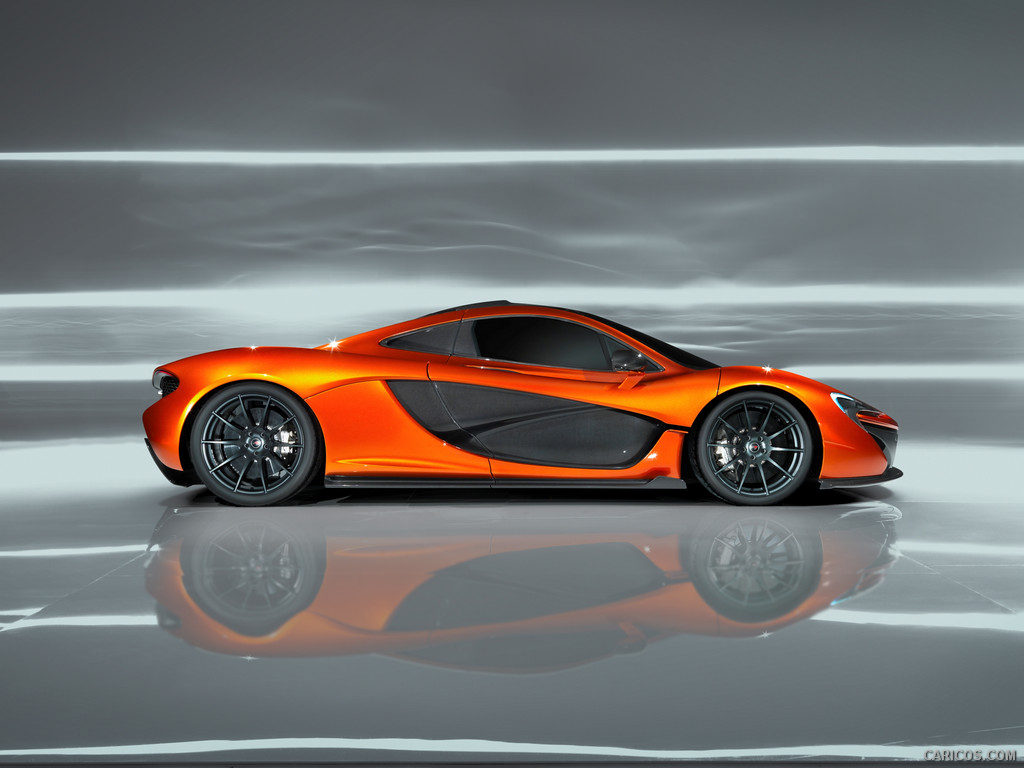 \n
\n
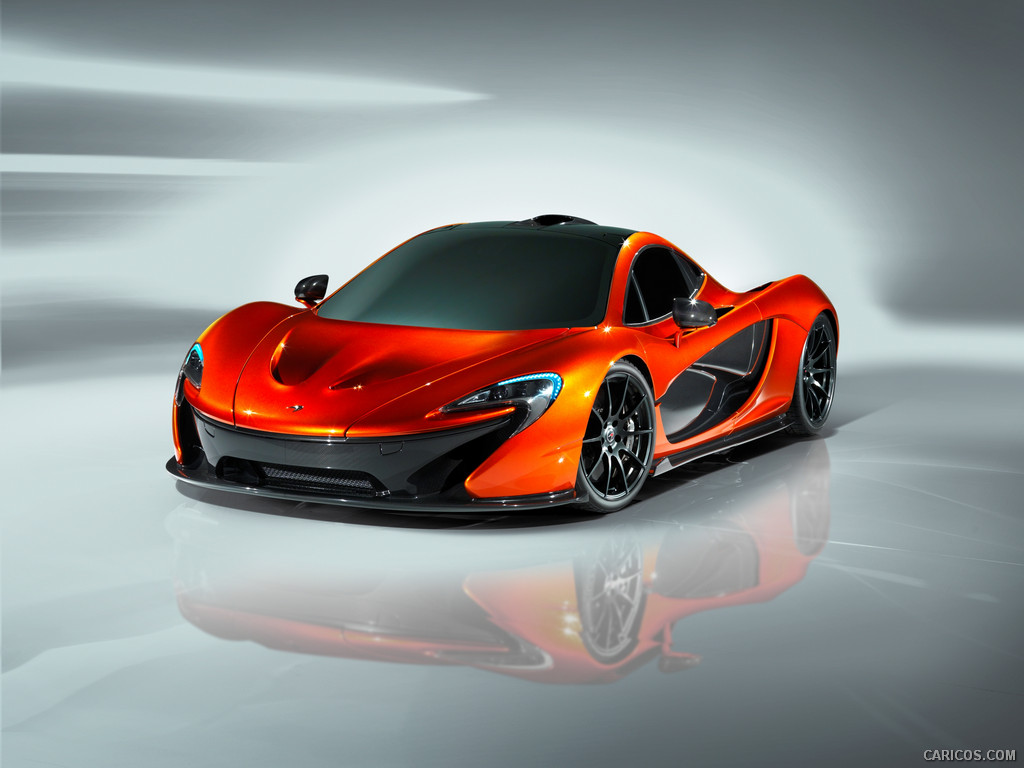 \n
\n
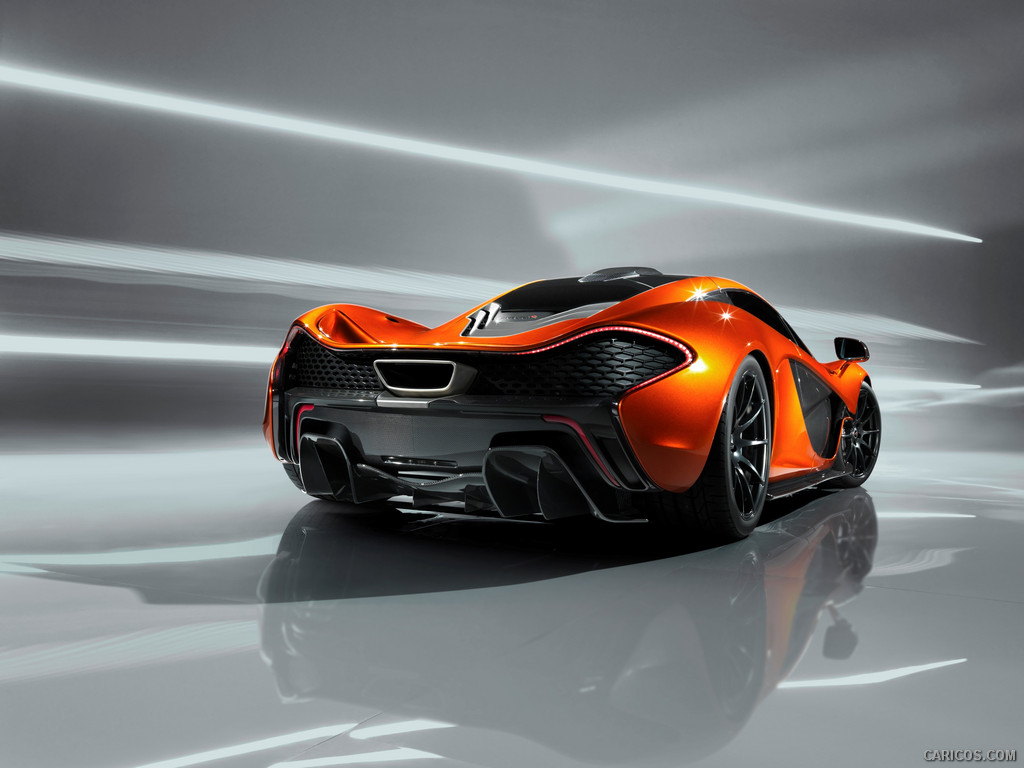 \n
\n
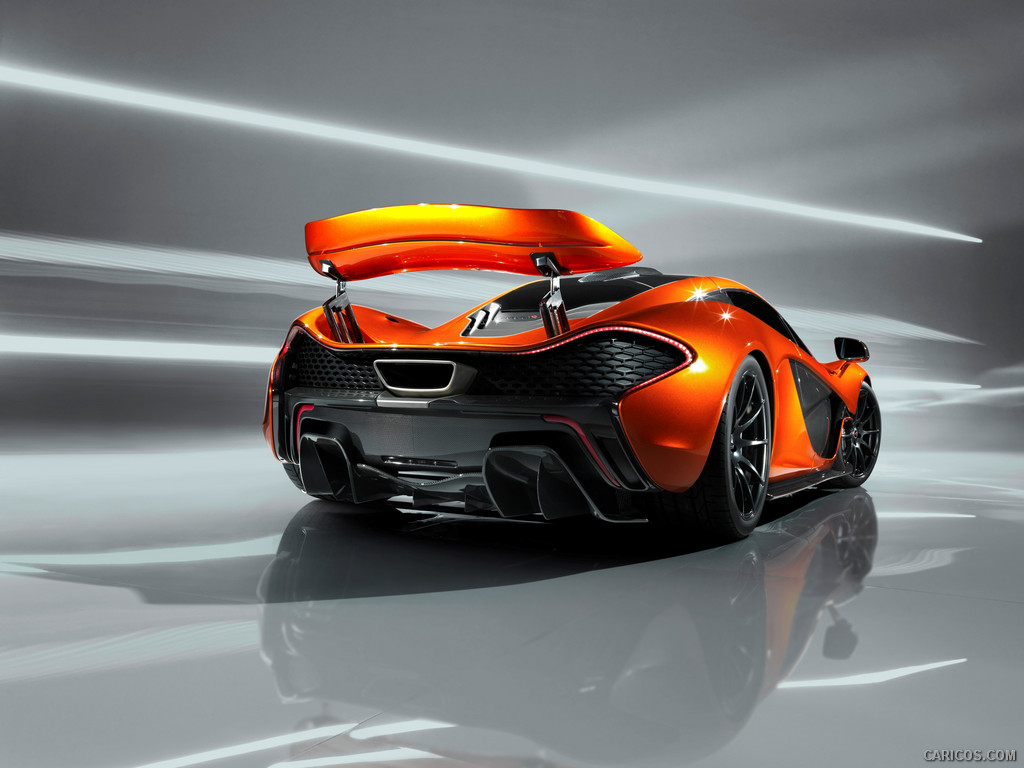 \n
\n
 \n
\n
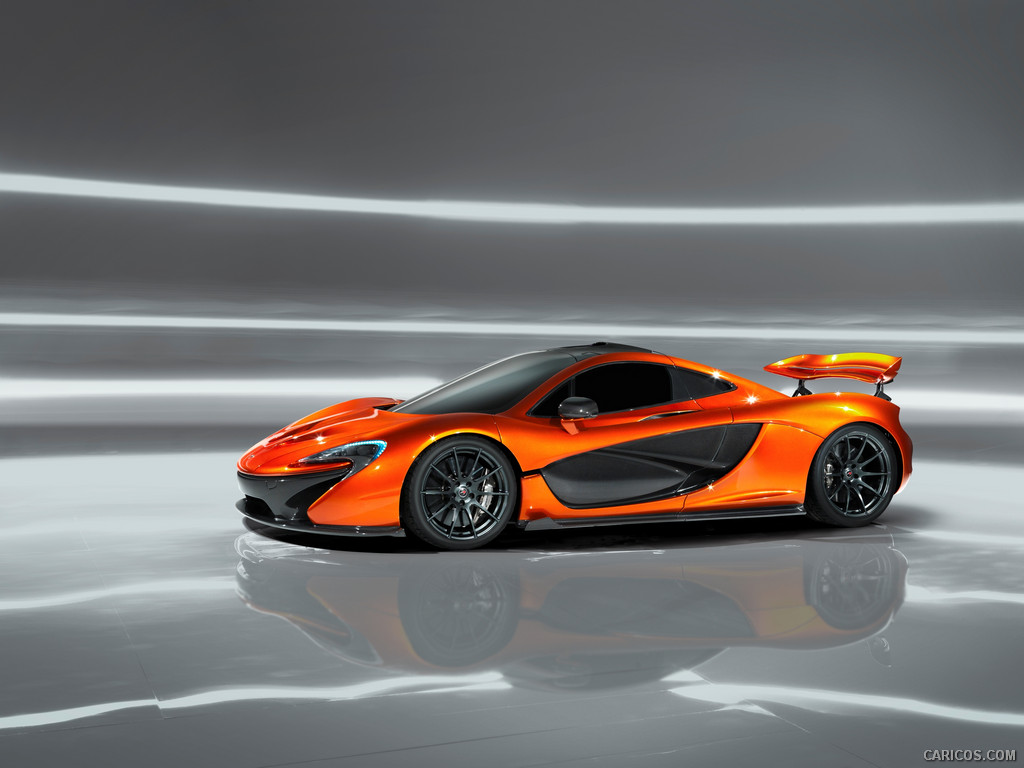 \n
\n
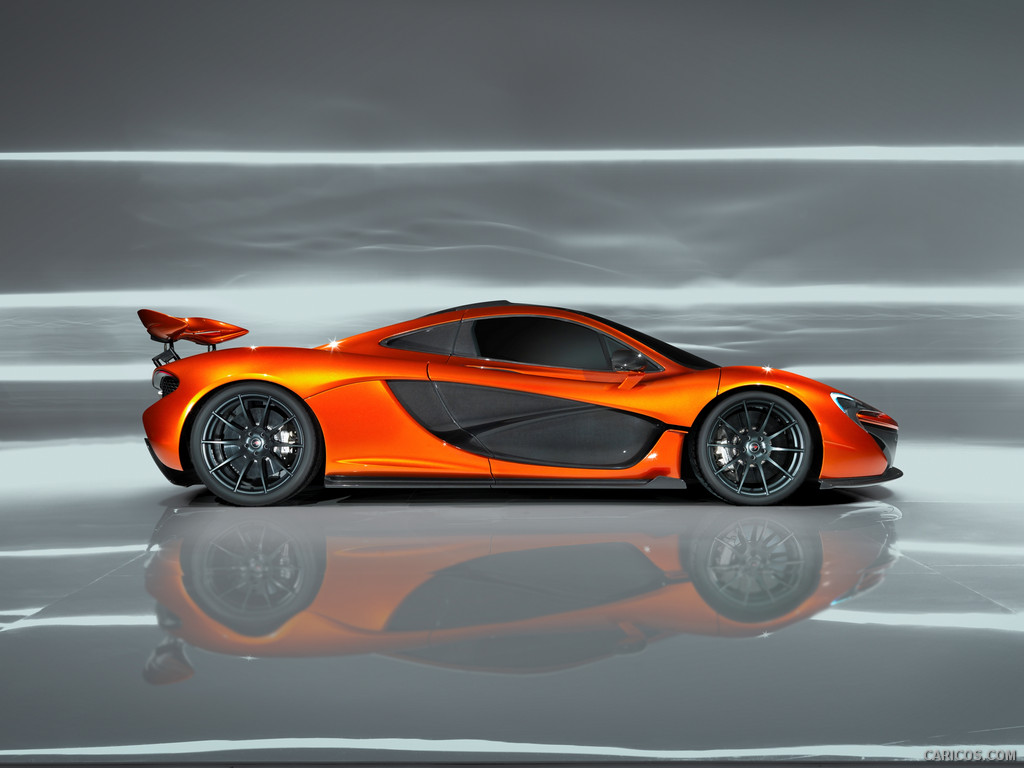 \n
\n
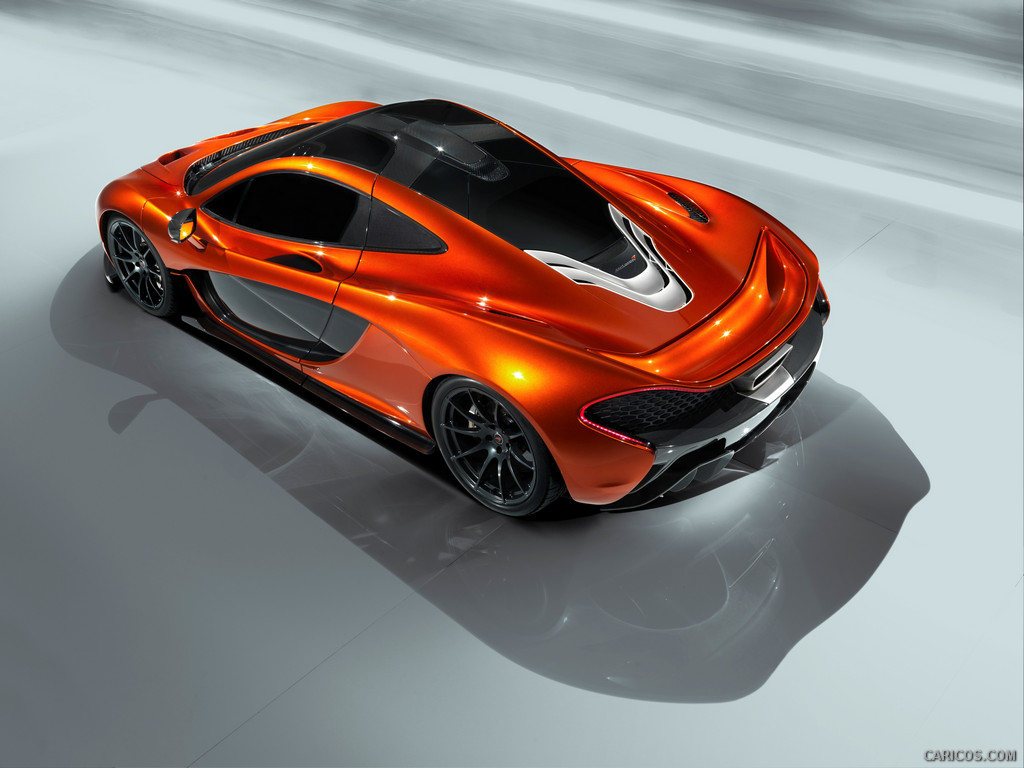 \n
\n
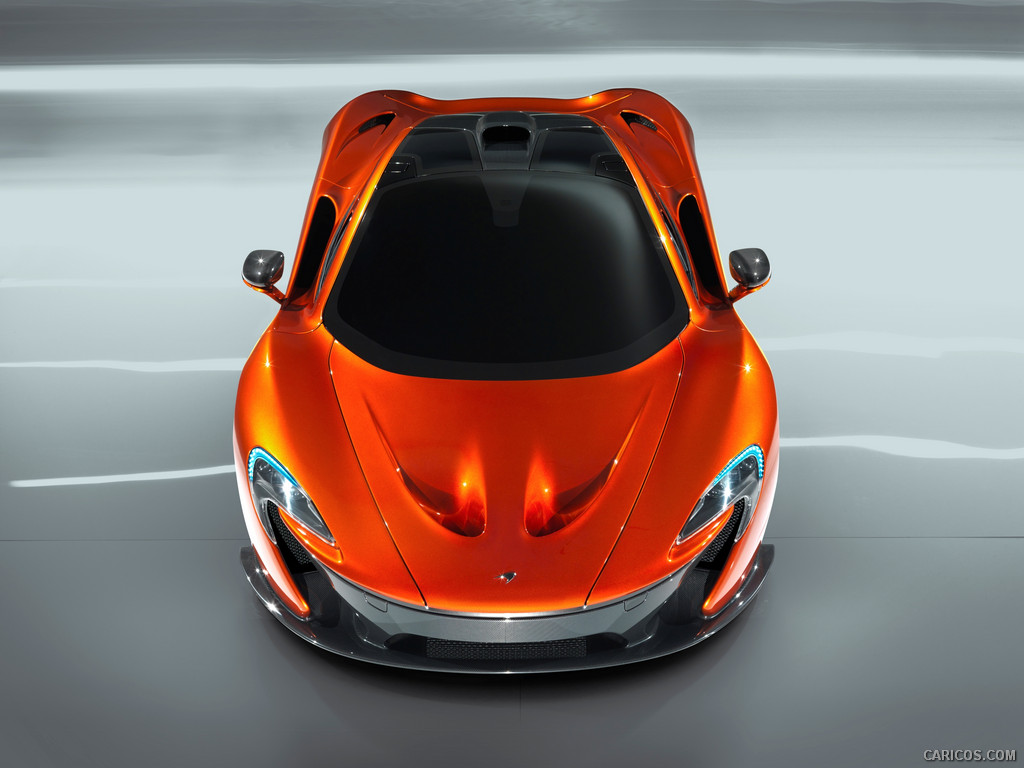 \n
\n
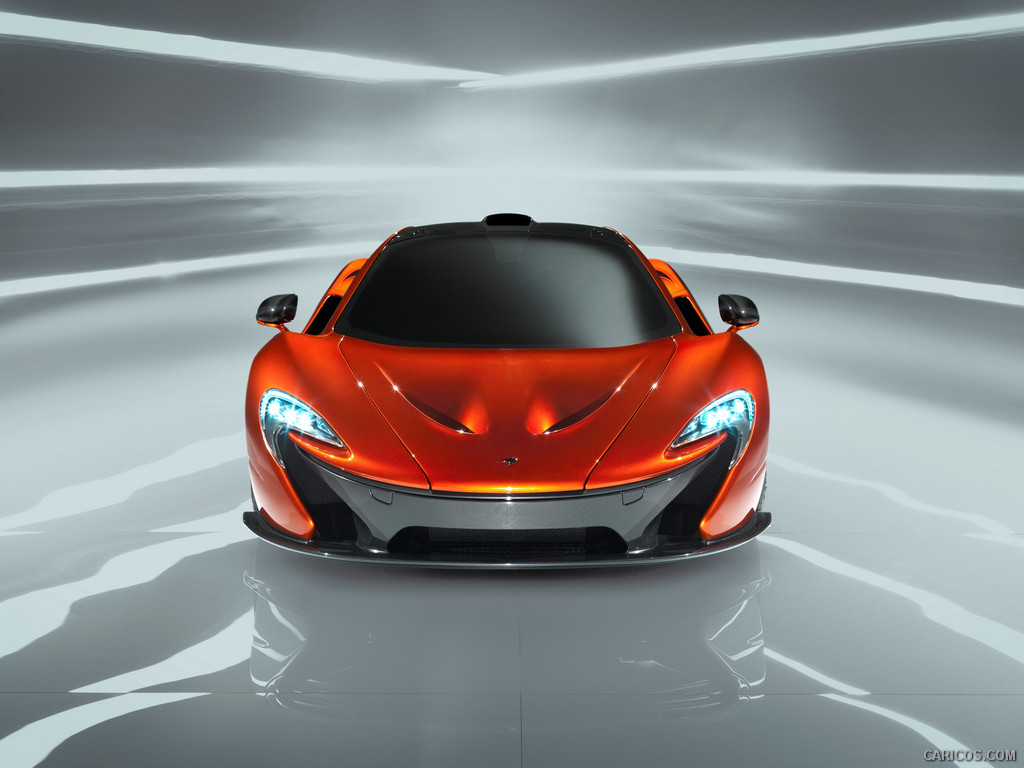 \n
\n
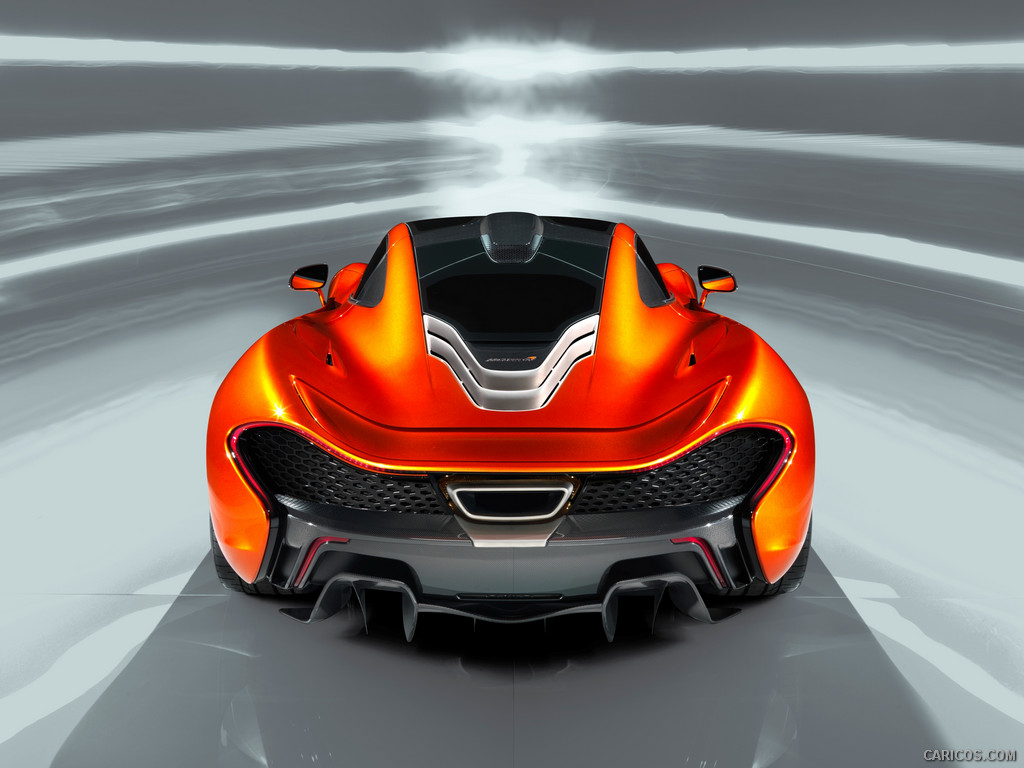 \n
\n
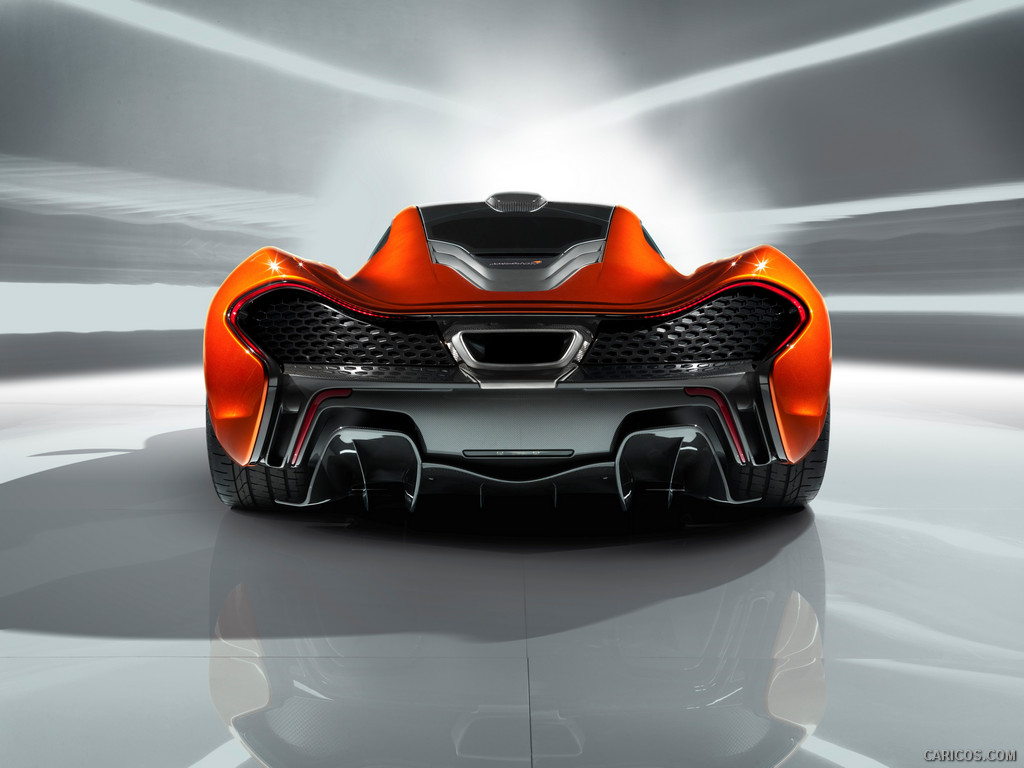 \n
\n
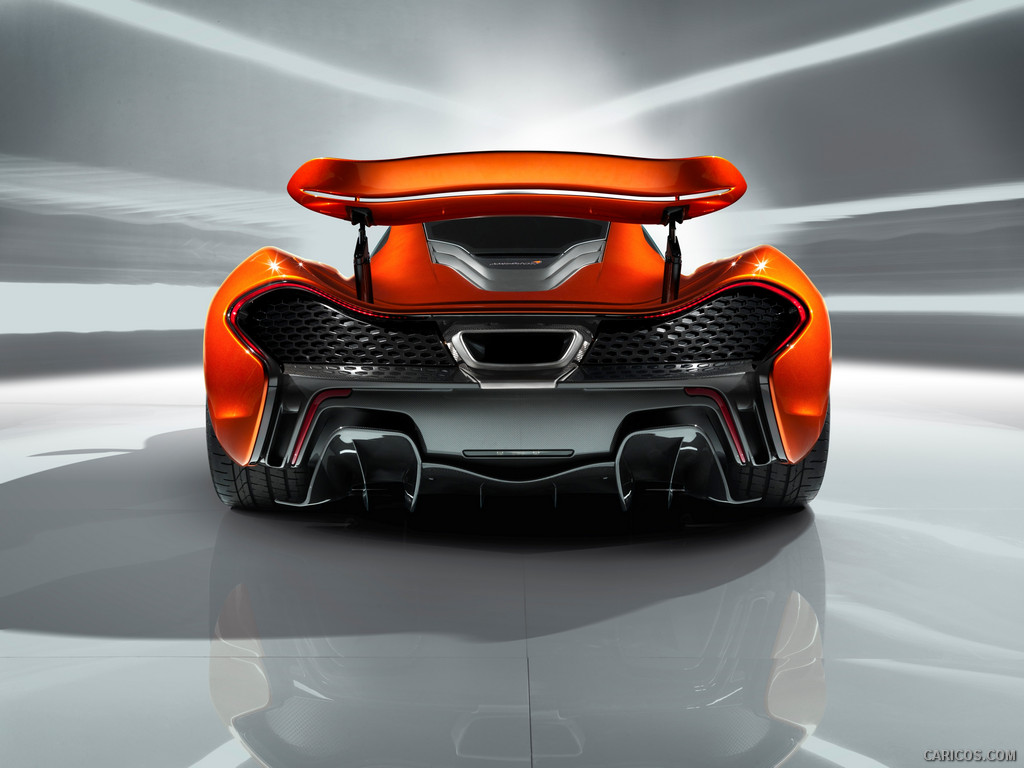 \n
\n
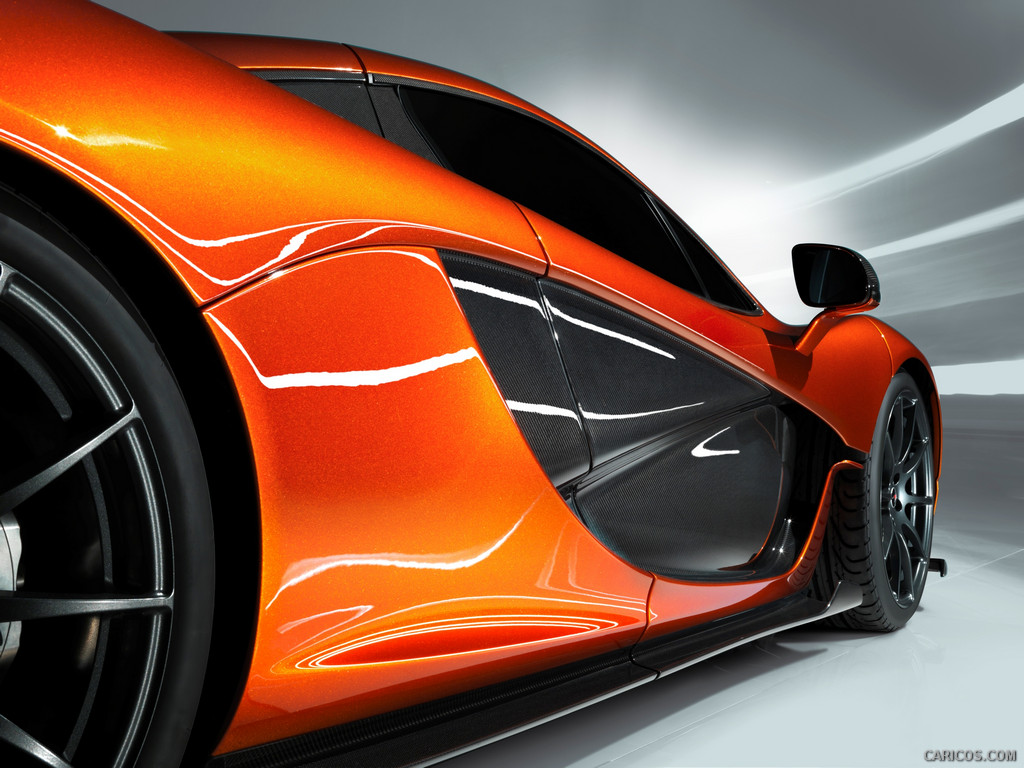 \n
\n
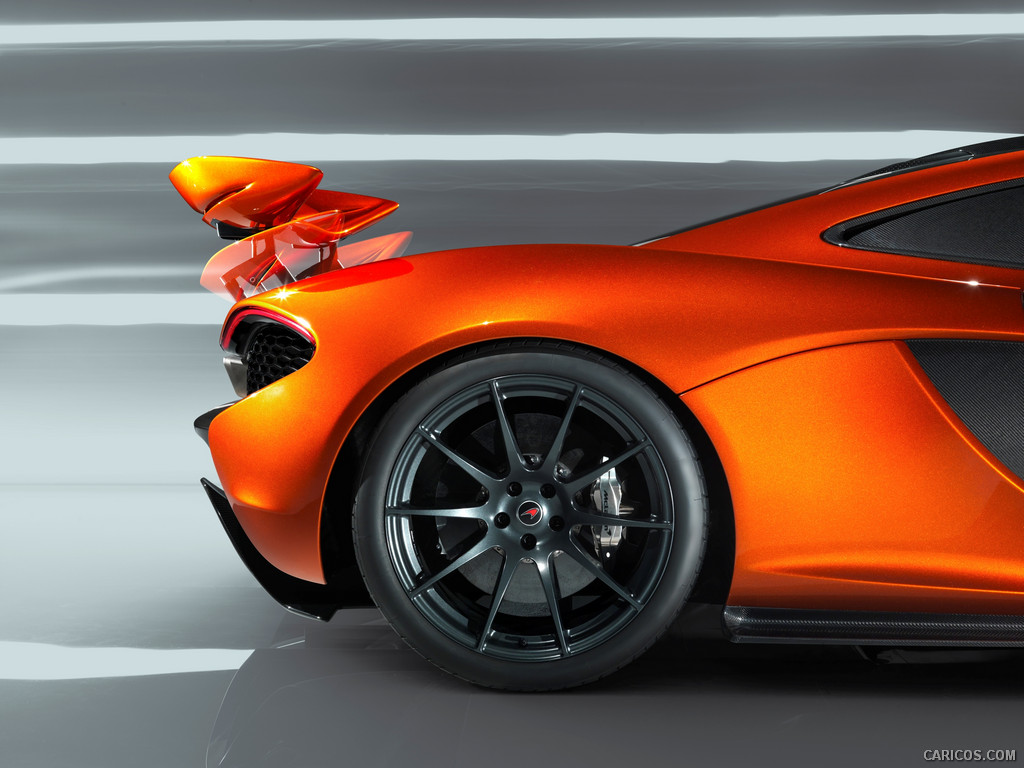 \n
\n



